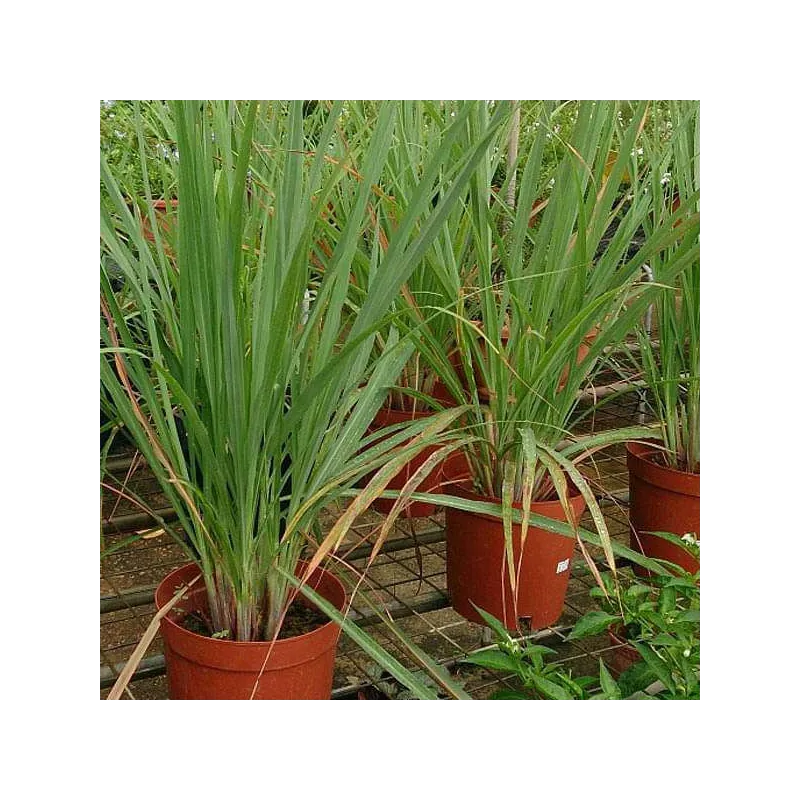




Seeds per Packet: Approximately 150-200 seeds
Common Name: Lemongrass, Barbed Wire Grass, Silky Heads, Citronella Grass, Gavati Chaha
Height: Typically 2-3 feet, but can reach up to 9 feet in tropical regions
Bloom Time: Year-round
Difficulty Level: Easy

Security policy

Delivery policy

Return policy
For winter care, protect in-ground lemongrass from cold fronts with blankets or bring containers indoors until the weather improves. In cold regions, grow lemongrass in containers and keep them near a south-facing window to maximize sunlight exposure.
Lemongrass Care
Start lemongrass from root cuttings of firm, green stalks. Place the bottom inch in a glass of water near a sunny window. Within two weeks, roots should sprout. After about 4 weeks, when roots are 1-2 inches long, plant in soil. Space transplants are 3 feet apart, considering they can grow up to 6 feet tall (trim if needed). Plant in compost-enriched soil after the last frost.
Sunlight: Lemongrass thrives in full sun and warm weather. Ensure your yard receives 6-8 hours of sunlight for optimal growth.
Watering: Water frequently to maintain constant moisture without drying out the roots. In dry areas, mist with a spray bottle.
Soil: Plant lemongrass in loose, fertile, well-draining soil like potting soil or loam mixed with compost (2 parts soil to 1 part compost). Avoid clay soils that retain too much moisture.
Fertilizer: Provide nitrogen-rich fertilizer every few weeks to support lemongrass growth. Be cautious when planting with other plants, as some may not tolerate excessive nitrogen.
Harvest Season
Harvest lemongrass when the plant is 4-8 months old or approximately one foot tall. Cut the entire stalks below the white swollen ends. Harvest every 3-4 months for around 4 years.
Special Features
Lemongrass is used in soaps, cosmetics, and the production of vitamin A and natural citral.
Uses
Medicinal Use:
Lemongrass essential oil is soothing and used to treat acne, Athlete's foot, digestive issues, muscle aches, stress, oily skin, and scabies.
Culinary Use:
Use the entire stalk, prepared differently depending on the dish. The tough, larger pieces are for flavoring and are generally not eaten. Strain them before serving, or some enjoy sucking on them for flavor.